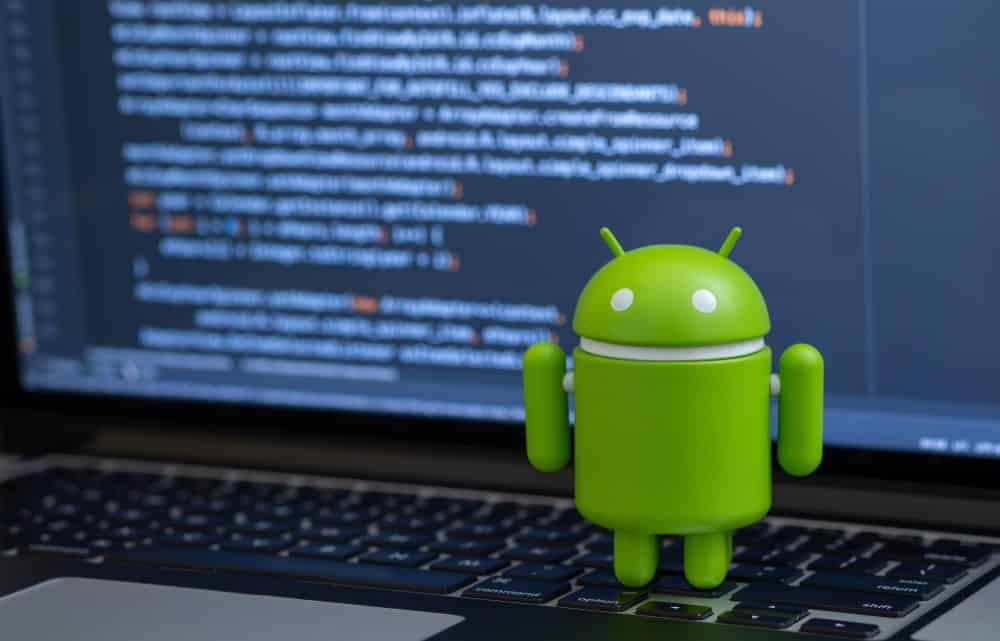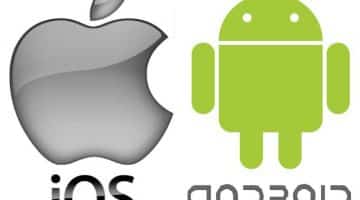In this ever-expanding technological period, apps are proliferating towards innovations and plugins inside it. Nowadays the apps are not just limited to calculating an answer or ordering food. Android app developmentservicesare striving each day to bring a new magical touch to the existing apps. What are the various technologies developers using to bring about this change?
Applications are now embedding in their structure machine learning, artificial intelligence, deep learning, and many other technologies. This lets the app gain more insights from real-time learning and application.
One such technology that every developer is keen on working with is the Tensorflow lite development on Android. So, what is this TensorFlow and how could you use it? Keeping reading to find all your answers.
What is Tensorflow Lite?
Before knowing what TensorFlow Lite is, we must understand what TensorFlow is.
Tensorflow is n-source software that is used for machine learning. Several libraries are built inside the software that follows an algorithmic approach, machines learn the information based on image recognition and prescient information. Machines are trained and tested respectively to carry out the desired function.
TensorFlow Lite is a broader version of the above methodology and is used for on-device inference. It is also an open-source software and can be used to apply pre-trained models on mobiles, embedded systems, and IoT devices.
How to use Tensorflow lite on Android?
If you are keen on developing an Android app and are ready to start with adding some impressive plugins using Tensorflow Lite use the below methods to get started with all the necessary steps.
1] Use suitable binding like the Android Studio ML model:
Once you have a suitable environment set up, select a suitable model you want to work on. Click in File -> New -> Other -> Tensorflow Lite model.
Secondly, choose the configuration file you want to save your file under. The ML models that are there binding and dependencies are all imported into the Android module automatically. It is stored in the build.grade file.
If you have a GPU for the training model select the GPU check box to instantiate the environment.
Click on Finish to complete all the required imports. Once the model is imported a dialogue box appears showing the completion of the selected model. In this, you can select Kotlin or Java according to your requirement.
2] Use task libraries:
Tensorflow Lite has a rich collection of task libraries. The tasks are classified based on various operations and a model created for the same in the library. It has modules for image optimization, questions, and many other models that the developer can readily incorporate inside the app.
The task library is created with extensive care for a specific operation. This lets the model be very comprehensive, allowing users to get better performance from the same. The library is built so that it can be accessed through a cross-platform and can be supported on Java, C++. The library will soon make its way to Swift
3] Use the Android Support Library:
Tensorflow Lite has an Android Support library. The library has APIs that are specifically designed for the Android model. These help the raw input data to be converted into a suitable model and give the output efficiently.
The models are embedded with several features like pre and post-processing of the data and images, it also includes cropping and several other manipulation models.
Due to this ease of use and easy handling, the machine works smoothly and the tasks are performed in reduced time. The code can also be reduced in size.
If you want to use the Tensorflow Lite directly in your Android app use the TensorFlow Lite AAR from JCenter. Many Android app development services use the library to increase the efficiency of the work.
At the initial stages of development when you are just starting to get introduced to the subject things can seem quite complicated. Even with an extensive library sometimes it is hard to understand the actual process that goes through it. We recommend you to start with a ready-made example present on the Tensorflow website and perform all the steps as mentioned. Once you are familiar with the steps iterate them for your own model. This will make you aware of the prerequisite of the model and you can work with it comfortably.
So, if you are eager to expand the reach of your app go ahead and use android app development in your application and see the difference.
Author Bio
Hermit Chawla is a MD at AIS Technolabs which is Web Design and Web development Company, helping global businesses to grow. He love to share his thoughts on enterprise app development company.


